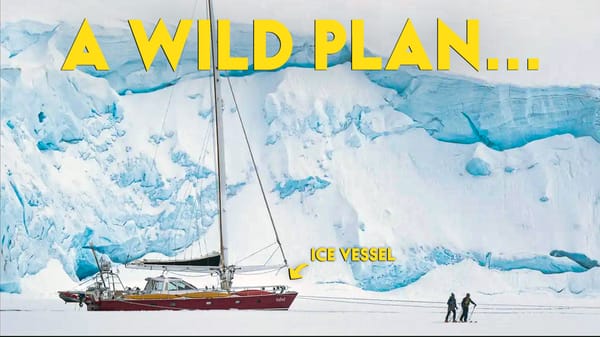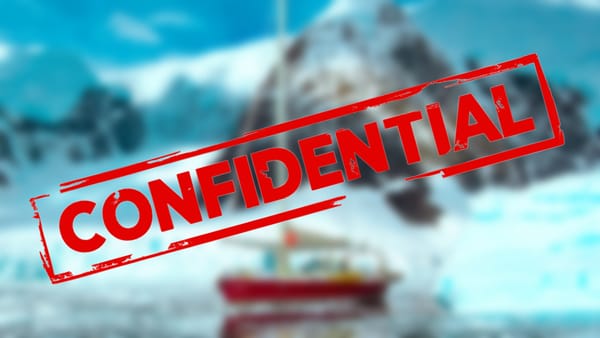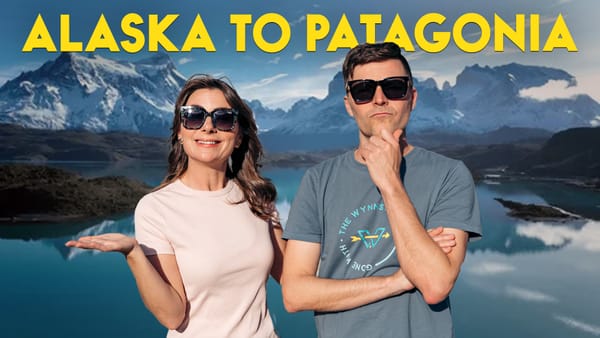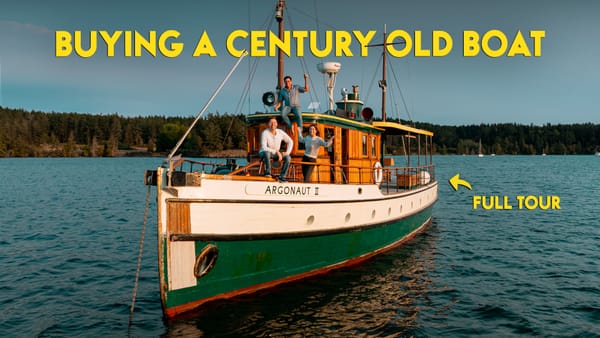How to Connect an RV to Full Hookups

As a newbie to RVing we had no idea how to connect an RV to full hookups when arriving at a campsite.
Of course our dealer didn’t explain any of it to us other than “just pull in and connect” (typical salesman) so we had to learn from experience and a little trial and error. After many years on the road I think we have a pretty good idea of what works and which products are necessary for hooking up an RV at a campground.
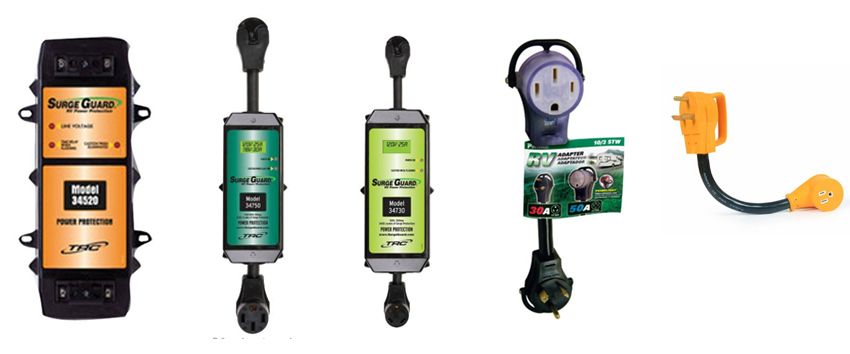
Surge Protector
Our first two RVs didn’t have a built in surge protector so we had to purchase the external kind. I can honestly tell you a surge protector is worth every penny as it’s saved our electrical system several times over the years. Sure they’re bulky and expensive but trust me on this one, it’s better than getting fried. Below is the link for the 30a, 50a and built-in surge protector models we’ve owned. I’ve also included the Prime brand 50-30 step down “dog bone” which I feel is better quality than other brands plus it has a built in light to show power.
- 50 or 30 AMP Hardwired Surge Guard – Amazon Link: http://amzn.to/1WF6XCF
- 50 or 30 AMP Serge Guard – Amazon Link: http://amzn.to/1VgYbt9
- RV Electrical Adapter, 50 Amp to 30 AMP – Amazon Link: http://amzn.to/1VgYkg8
- RV Electrical Adapter, 30 AMP to 15 AMP – Amazon Link: http://amzn.to/1SEoPhM
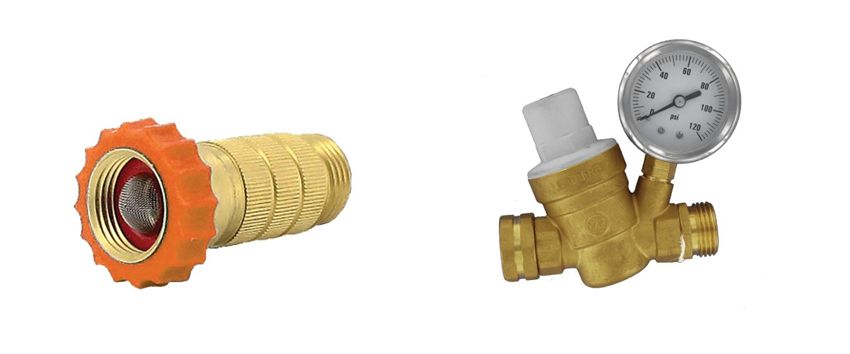
Water Regulator
The PEX waterlines in most modern RVs can handle 100+psi but most RV manufacturers recommend keeping incoming water pressure between 40psi – 60psi. Since water pressure varies by campground you should “always” use a water regulator. Now I say always because we didn’t spend the big bucks on the adjustable water regulator, if you measure the pressure first and it’s under mfr. recommendations then you’re good to go without the regulator. We purchased the Valterra brand because it allows 20% more flow than the Camco version.
- Lead-Free Water Regulator – Amazon Link: http://amzn.to/1WF9GvM
- Brass Lead-Free Adjustable Water Regulator – Amazon Link: http://amzn.to/1VgZgBn
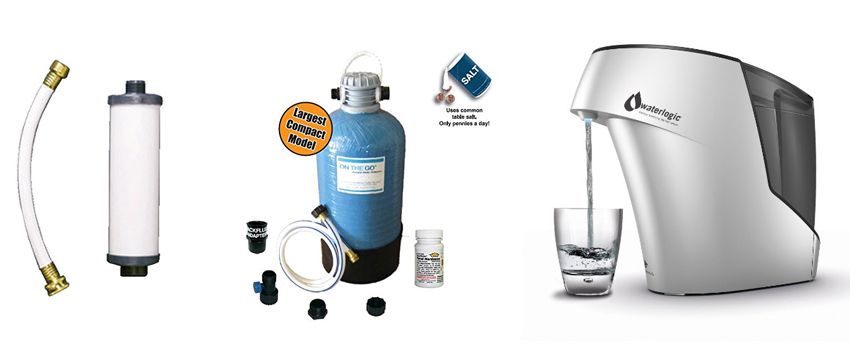
Water Filters and Softener
A constant battle with traveling across the USA is water quality and taste. You never know what quality of water you’re getting from that hose connection. In the first couple years we used to test our water at each campground but it was such a pain, now we always use a filter system. A standard hose carbon filter is a great starting point for filtration, we prefer the Culligan brand because it has a higher flow rate and lasts longer than the Camco version (both are fine). From there we run our water through the softener which removes more contaminants and reduces calcium which can destroy plumbing, fixtures and your water heater. We have the “Double Standard” model which is a bit larger and heavier than the “Standard” model so check the specs before purchase. Our final step is “countertop purification” and for that we’ve been using a distiller but we recently began using the Waterlogic Firewall Hybrid instant filter that utilizes UV and Carbon Filtration that uses a fraction of the power but delivers water that’s 100% safe to drink and tastes great.
- Culligan Exterior Water Filter – Amazon Link: http://amzn.to/1Vh0dtl
- Portable 16,000 Grain RV Water Softener – Amazon Link: http://amzn.to/1SEr3Om
- Waterlogic WL-3101 Firewall Hybrid Home Water Purifier – Amazon Link: http://amzn.to/1SEr5FM
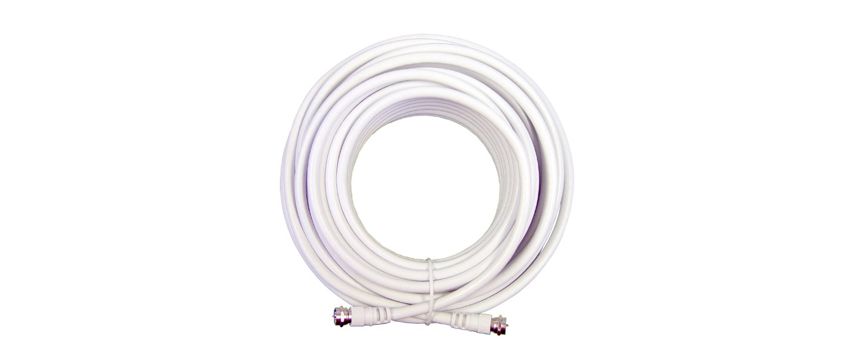
Cable
A simple coax cable works for most RV parks that have a cable hook-up, and we’ve found 50ft is plenty long. Of the few RV parks we visit in our travels only a small handful have cable, and of those only a couple have a quality non-static signal.
- 50 feet Low Loss Coax Extention Cable – Amazon Link: http://amzn.to/1Vh0CMv
Sewer Connections
We have an entire article about sewer connections along with tips, tricks and product links that you can read (and watch the video) here:
Posts not found
If you’re new to RVing we hope these simple full hook-up campsite connection steps will make your life a little bit simpler when arriving to a campground, if you’re a seasoned RVer and feel we’ve missed something that helps your connection process please share in the comments below. See ya on the road!
A big THANKS to Fleetwood for hiring us to create this quick tip video and wanting to provide helpful information to RV’ers.

